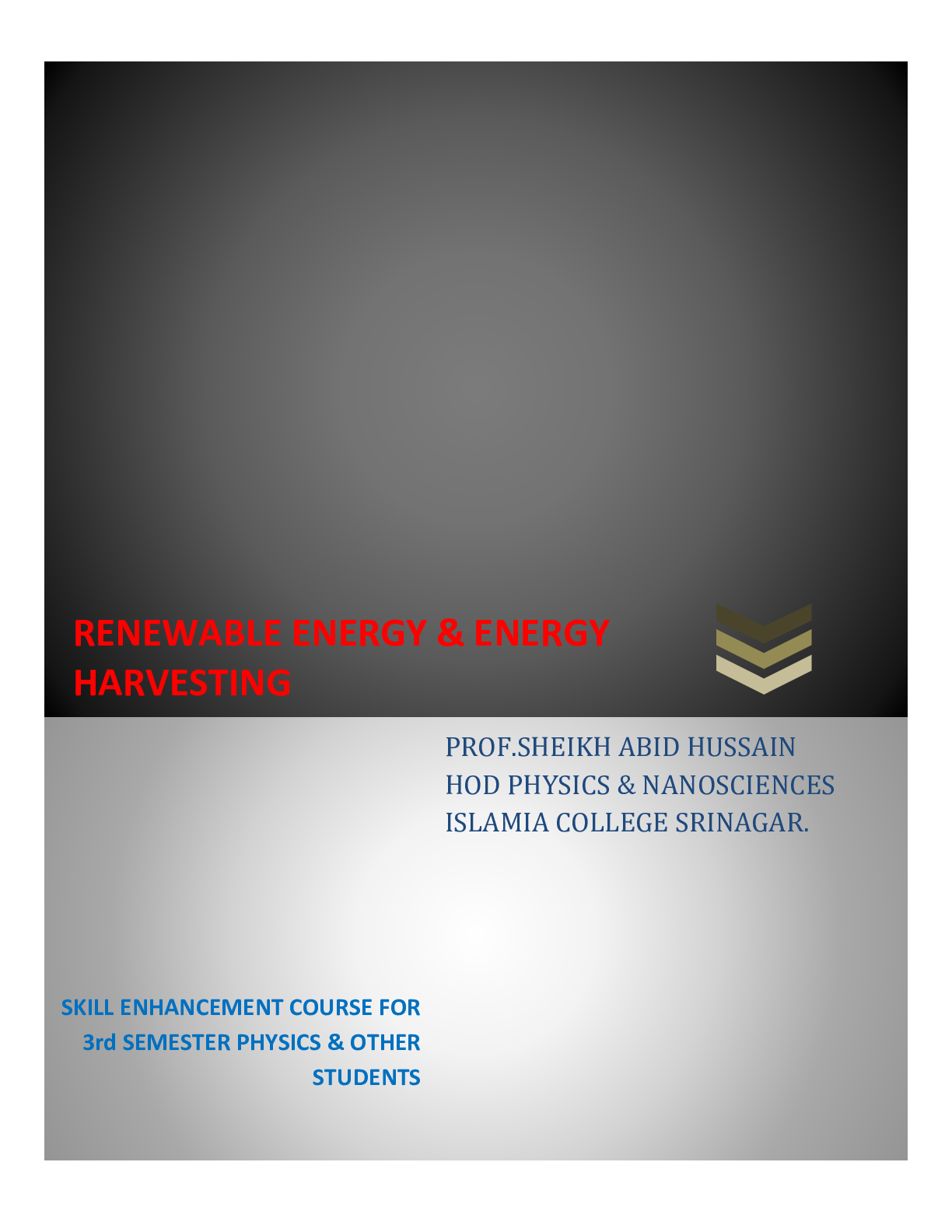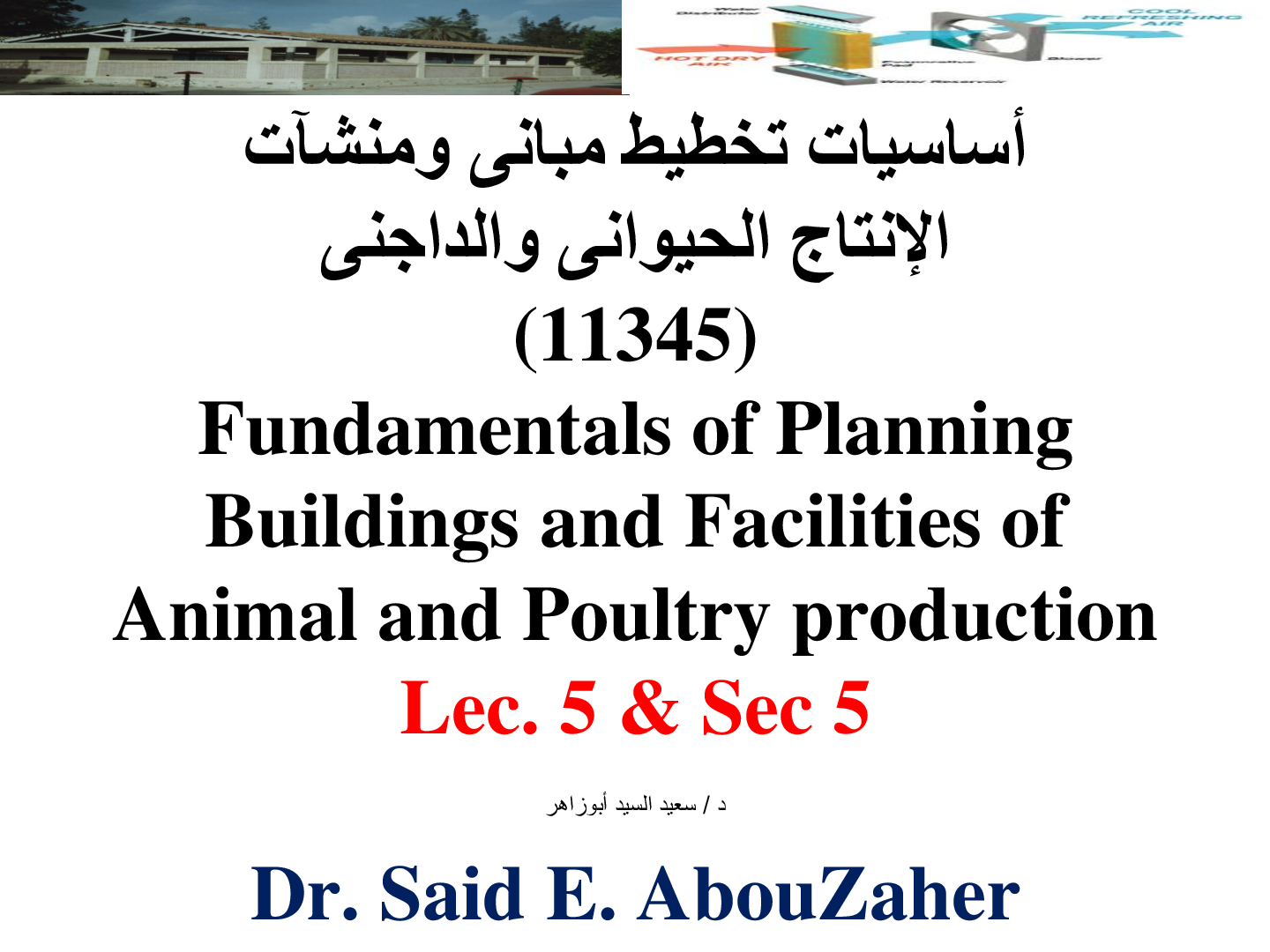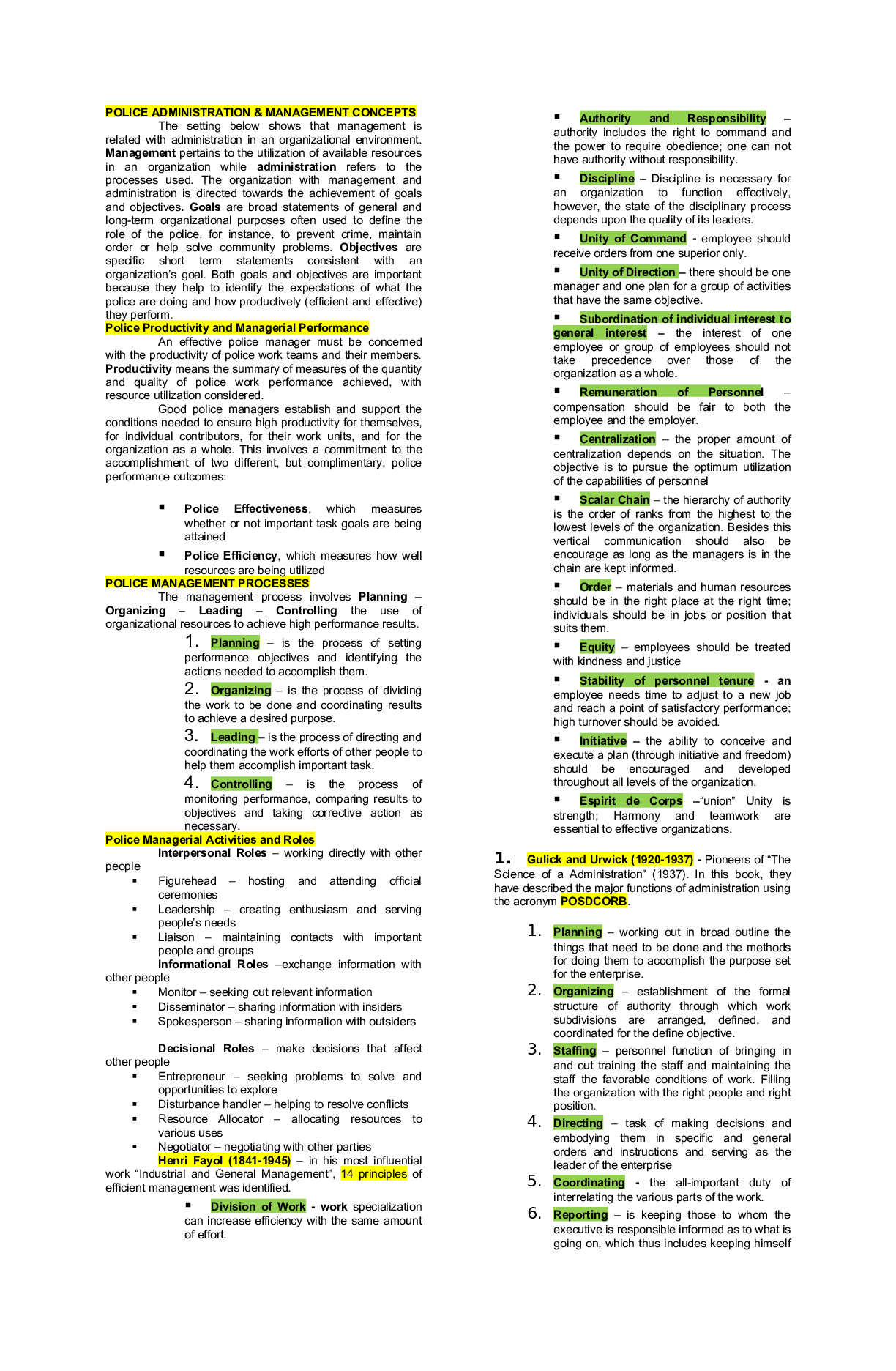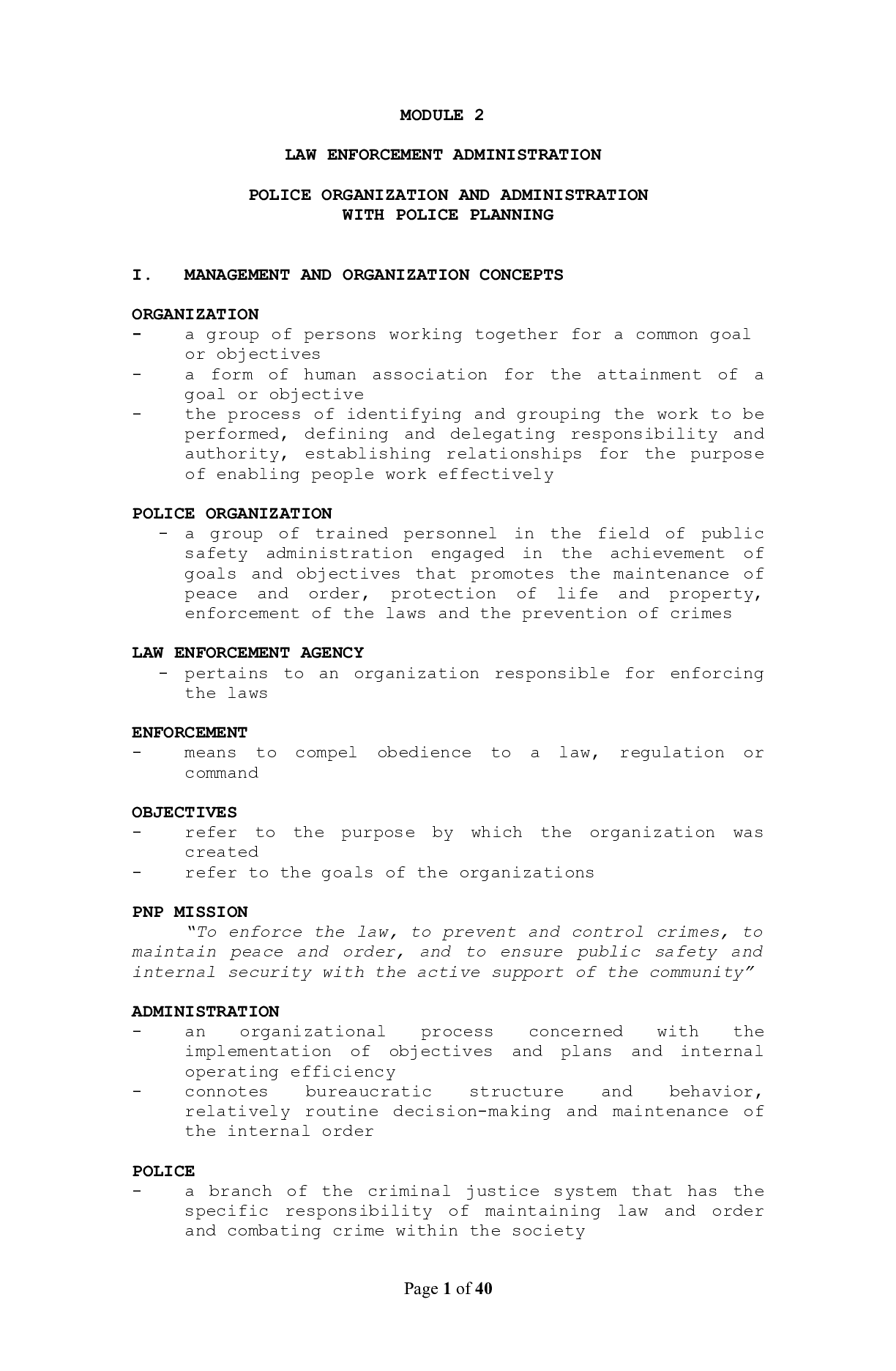Agricultural Studies > Summary > RENEWABLE ENERGY & ENERGY HARVESTING (All)
RENEWABLE ENERGY & ENERGY HARVESTING
Document Content and Description Below
What is meant by the term energy: - Energy can be defined as the ability of a body to do work. No activity will occur without energy. INTRODUCTION: -Energy is an essential component/requirement of ou... r daily life. Different forms of energy govern our lives in daily routines Heat energy obtained by burning fuels like wood, coal, kerosene or cooking gas is used to cook food at home. The energy from fuels like petrol and diesel is used to run vehicles. Electrical energy operates bulbs, tubes, fans, radio, television and other household equipment’s. The universe is filled with various sources of energy. We can use this energy by converting it to other useful forms. The current chapter deals with different categories of sources of energy and the related topics. In this universe every moving entity is backed by some amount of energy in one form or other, even biological life is driven and governed by food which is a form of energy. Biological engines on one side consume food as a form of organic energy & in turn induces locomotion in the biological species. But unfortunately, these energy reserves are sooner or later exhausting at a very fast speed. So, lest the world comes abruptly to a standstill continued research quest is going on all around the world either to convert these exhaustible energy resources into non-exhaustible ones or to invent new inexhaustible resources. The aim & objective of this skill enhancement course is: i) to make abreast the students about the research work going on all around the world in this field. ii) and to inculcate the research instinct in the students in this direction while taking due care of environment & the ecological balance. Different Types of Energies: Energy is an essential requirement of our life. Different forms of energy govern our lives in daily routines Heat energy obtained by burning fuels like wood, coal, kerosene or cooking gas is used to cook food at home. The energy from fuels like petrol and diesel is used to run vehicles. Electrical energy operates bulbs, tubes, fans, radio, television and other household equipment’s. The universe is filled with various sources of energy. We can use this energy by converting it to other useful forms. The current chapter deals with different categories of sources of energy and the related topics. 3 SOURCES OF ENERGY: A source of energy is the one which can provide an adequate amount of energy in suitable form over a long period of time. Characteristics of a good source of energy. A good source of energy should have the following characteristics: (i) lt should supply enough amount of useful energy. (ii) lt should be easily stored and should occupy less space for storage. (iii) lt should be easily transported. (iv) it should be economical. (v) lt should be easily available and accessible (vi) lt should cause minimum environmental pollution. Sources of energy are categorized in two types - renewable and non- renewable sources of energy. Sources of energy which are being produced continuously in nature and are inexhaustible as these can be used again & again endlessly, are called renewable sources of energy. Some of the renewable sources of energy are listed as follows: (a)Solar energy (b) Wind energy (c) Hydro energy (energy from flowing water) (d) Bio-fuels (wood, bio-gas and alcohol) (e) Hydrogen (f) Energy from oceans (tidal energy, sea wave energy etc.) (g) Geothermal energy (a) Solar Energy: The Sun is the ultimate source of many forms of energy available on earth. The energy obtained from the sun is called solar energy. Solar energy is the result of nuclear fusion reactions taking place inside the sun. The solar energy trapped by land and water bodies at the earth causes many phenomena in nature like winds, storms; rain, snowfall, sea-waves etc. and the plants utilize solar energy to prepare food by the process of photosynthesis. SOLAR CONSTANT: The solar energy reaching unit area per second at outer edge of earth's atmosphere exposed perpendicularly to the rays of the sun at the average distance between the sun and the earth is known as 'solar constant' and its value is approximately 1400 W/m2 (1.4 kilojoules per second per square meter). Solar energy received by Earth in given time is given by: Solar constant x area x time Composition of Sun's Energy (i) Earth's surface receives three types of electromagnetic waves: ultra-violet rays, visible rays and infrared rays. all having different range of wavelengths ln spectrum of solar radiations, the rays which have wavelength range [Show More]
Last updated: 1 year ago
Preview 1 out of 49 pages

Buy this document to get the full access instantly
Instant Download Access after purchase
Buy NowInstant download
We Accept:

Reviews( 0 )
$14.00
Can't find what you want? Try our AI powered Search
Document information
Connected school, study & course
About the document
Uploaded On
Nov 17, 2023
Number of pages
49
Written in
Additional information
This document has been written for:
Uploaded
Nov 17, 2023
Downloads
0
Views
62















